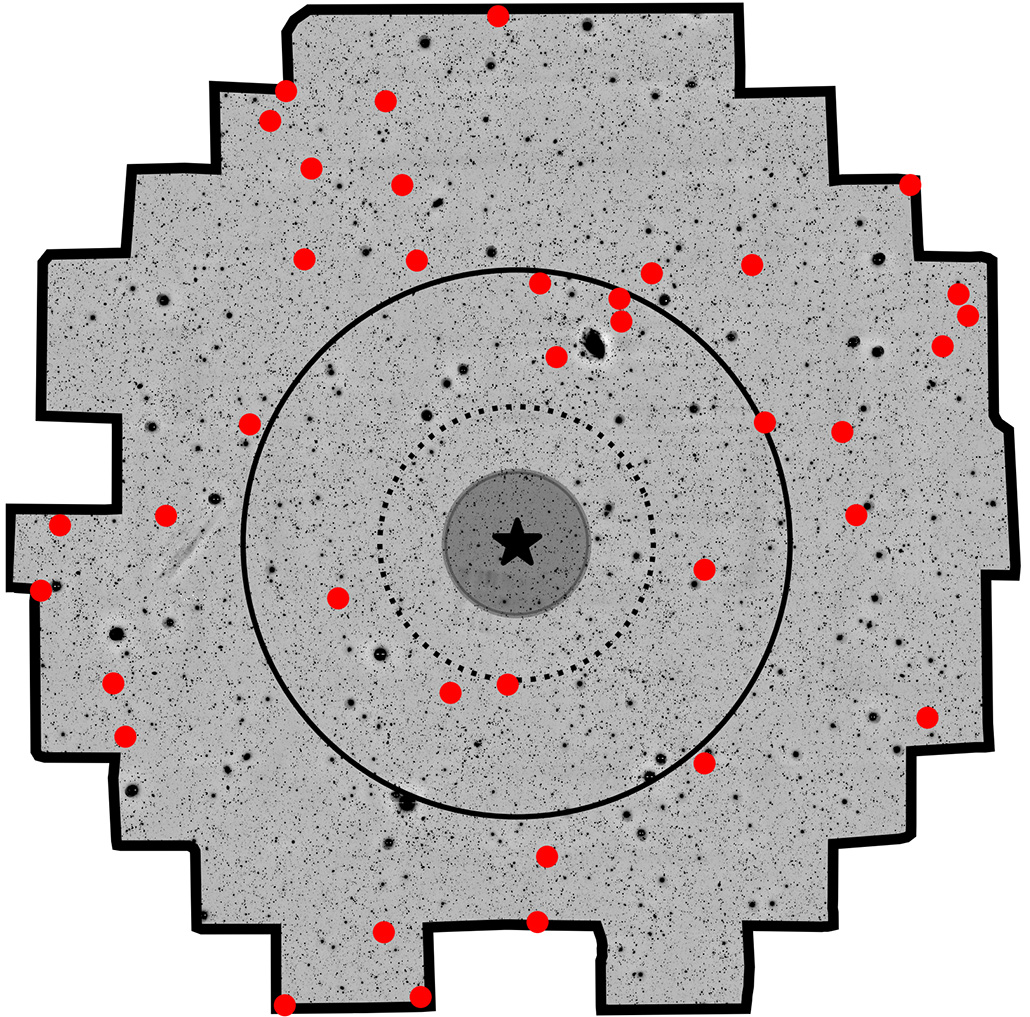Extreme Climate Survey
Scientific news is collecting questions from readers about how to navigate our planet’s changing climate.
What do you want to know about extreme heat and how it can lead to extreme weather events?
The quasar is so distant that its light took 13.0 billion years to reach us, so we see it when the universe was only 770 million years old. However, at that early epoch, the black hole powering the quasar was already 2 billion times more massive than the sun, meaning that the black hole had swallowed a lot of material in a relatively short time (SN: 18/1/21). This, in turn, means that the quasar galaxy must reside in a dense part of the universe: the center of a large cluster of galaxies, many of which must be forming new stars.
And yet that doesn’t seem to be the case. “It was shocking,” says Lambert, of Universidad Diego Portales in Santiago, Chile. “You would expect more [star-forming galaxies] close to the quasar than far away, and we found exactly the opposite. There’s a big hole around the quasar.” The nearest star-forming galaxy is at least 16.8 million light-years from the quasar. That’s more than six times the distance between the Milky Way and its giant neighbor, the Andromeda galaxy.

The discovery came about because Lambert’s team searched a much larger region around this quasar for star-forming galaxies than similar searches in the past.
“Quasars are not quiet neighbors,” says Lambert. “They are violent; they are bursting with energy, and that energy is affecting nearby galaxies.” The quasar’s radiation, he suspects, heats the gas in other galaxies, which prevents it from collapsing and forming new stars.
But further work is needed to make a convincing case for this scenario, says Martin Rees, an astronomer at the University of Cambridge. The large number of star-forming galaxies found far from the quasar — 38 in all — may simply reflect the greater volume of space surrounding the quasar at those greater distances. After all, the volume of space around the quasar is proportional to the third power of the distance from the quasar. Thus, says Rees, the absence of a star-forming galaxy in the small volume around the quasar may arise purely by chance.
“It’s a fair point,” says Lambert, but he notes that no other similarly sized region near the one closest to the quasar is missing a star galaxy. Rees says that if more sensitive observations reveal other star-forming galaxies far from the quasar, but none near it, that will strengthen the statistical significance of the finding.
Our galaxy may once have been the victim of a quasar. M87, a large galaxy about 54 million light-years from the Milky Way, hosts a supermassive black hole that may have powered a quasar when the universe was young. But when the quasar was active, it was much closer to our galaxy. When the universe was a quarter of its current size, for example, the distance between us and M87 was apparently a quarter of what it is now. A closing quasar may have caused a hiatus in star formation that astronomers may one day detect by measuring the exact ages of our galaxy’s oldest stars (SN: 23/3/22).
#distant #quasar #circling #galaxies
Image Source : www.sciencenews.org